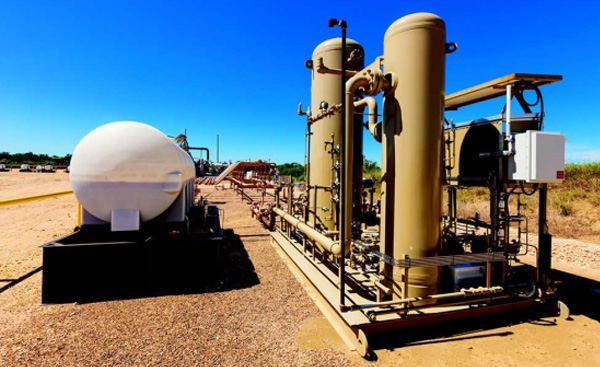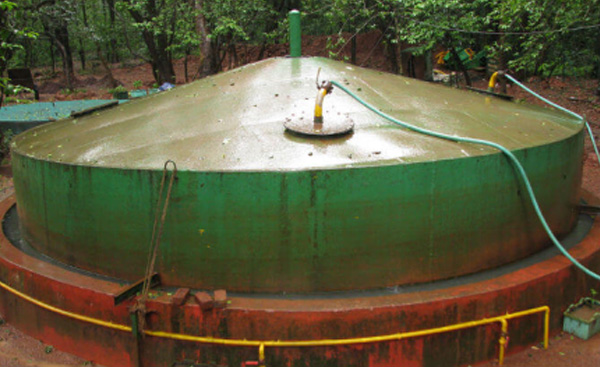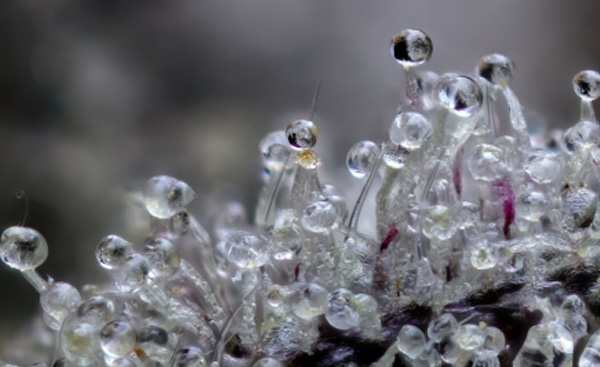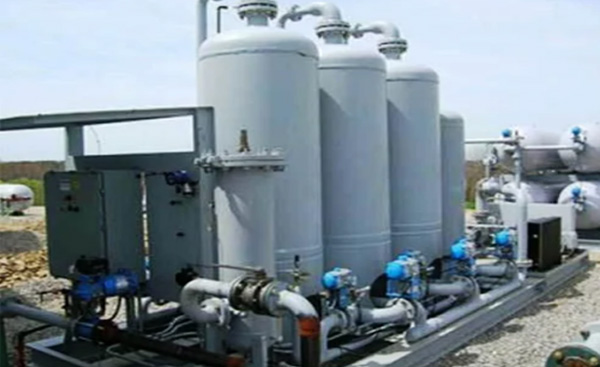Biogas Purification
Biogas is produced by anaerobic digestion or fermentation of biodegradable organic matter. This process can be achieved under controlled conditions in digesters or can happen spontaneously in landfill sites. Different types and mixtures of organic feedstock are used in digesters, including manure, energy crops, household waste, sewage sludge and industry waste.
The biogas produced contains mainly methane, carbon dioxide and other trace components. This composition depends on the mixture of the organic feedstock used to produce the biogas or the composition of the stored organic waste in dumpsites. There are also possible leakages in the biogas collection system of the dumpsite (increased nitrogen (N₂) content).
Biogas can be converted to biomethane by removing impurities and separating the methane and carbon dioxide. Biogas is treated to remove undesirable products, such as:
- Hydrogen sulphide (H2S)
- Siloxanes
- Terpenes

Hydrogen sulphide (H2S) removal from Biogas
Biogas is produced by the digestion of organic matter in landfills and anaerobic digesters. Hydrogen sulphide (H2S) is formed during the anaerobic digestion of sulphur-containing molecules, such as sulphur-containing amino acids within proteins. Our mobile filter solutions, filled with carefully selected media, are used to remove hydrogen sulphide (H2S) prior to the combustion engines or turbines. On combustion of the biogas, H2S can be converted into sulphur dioxide or sulphur trioxide (SO2 or SO3 respectively), and will result in:
- Higher maintenance cost due to corrosion
- A negative effect on the engine oil, meaning it needs to be changed more frequently
- A contribution to the SO2/SO3 emissions of the engine exhaust

Siloxanes Removal From Biogas
Siloxanes present in biogas will burn in the gas turbine or combustion engine to form silica in the form of silicon dioxide (SiO₂) or silicates (SiₓOy). This silica and silicate will build up on valves, cylinder walls, liners, and on the turbine blades, causing abrasion, blockages, and mechanical failure of the equipment. This build-up will lead to:
Higher maintenance cost
- Changing oil more frequently (often more than twice the expected frequency)
- Replacing valves and cylinders
- Engine power loss (often in the range of 10 – 20%)
- Decreased profitability
- Increased capital cost
- Total mechanical failure or breakdown of the combustion engine
The YAKS filter solutions filled with carefully selected media are used to remove siloxanes from combustion engines or turbines to avoid silicate build up and high costs.
Inquire Now
Terpene Removal From Biogas
Terpenes are another of the unwanted impurities in the biomethane production process and must be removed prior to injecting into the grid, as they also create a number of issues, including:
- Corroding gaskets and plastic piping (PE)
- Masking the Tetrahydrothiphene (THT) odour component that is added to the biomethane for leakage detection
Terpenes are normally only targeted when the biogas is used to produce biomethane.
Inquire Now
Hydrogen sulphide (H2S) removal from CO2 enriched air
Biogas can be upgraded to biomethane, that can then be fed directly into the natural gas grid or used as a vehicle fuel to reduce greenhouse gas emissions by separating the carbon dioxide (CO2)/methane (CH4) mixture. Water washing is one of the more popular methods of biogas separation. This is effective as carbon dioxide is soluble in water and methane is almost insoluble. The carbon dioxide is absorbed at high pressure in the water and desorbed from the water at lower pressure and in presence of an airflow. This air flow will also take up hydrogen sulphide (H2S) present in the water, which causes the typical rotten egg smell when released into the environment.
Hydrogen sulphide (H2S) is therefore removed from the carbon dioxide (CO₂) enriched air using our filters with activated carbon prior to discharge into the environment to avoid disruption to workers and neighbours.
Inquire Now